
Apple’s MagSafe for phones has evolved quite a bit since its debut on the 2020 iPhone 12 line, bringing magnetic wireless charging to even more Apple devices. And since Apple’s MagSafe is compatible with the Qi2 wireless charging standard and proven popular, we might soon see a wave of Android devices rocking similar magnetic wireless charging features and accessories.
Even better, these wireless charging accessories are getting cheaper than they were when MagSafe debuted, with companies like Anker and Belkin making Qi2 magnetic charging pads and stands that support 15-watt speeds without needing Apple’s certification and approval. But if you get a new iPhone 16 and use it with one of Apple’s MagSafe chargers and a 30W power adapter, you can now get even faster 25W charging speeds.
Read more: iPhone 16: What We Know About the Release Date, Leaks and More
But it’s not just about charging. Apple’s MagSafe for iPhone allows for all sorts of magnetic cases, wallets, stands, grips and other accessories that can be quickly attached to the back of an iPhone using built-in magnets. This has led to an assortment of accessories — some officially licensed by Apple and others that are simply magnetic — that take advantage of the feature to provide plenty of customizable options.
So as MagSafe grows, and hopefully starts coming to non-iPhone devices as the Qi2 standard, let’s decipher what Apple’s Magsafe for iPhone exactly is and how to tell the difference between that, non-magnetic Qi2 chargers and accessories that simply magnetically attach to your phone.

An Apple MagSafe charger.
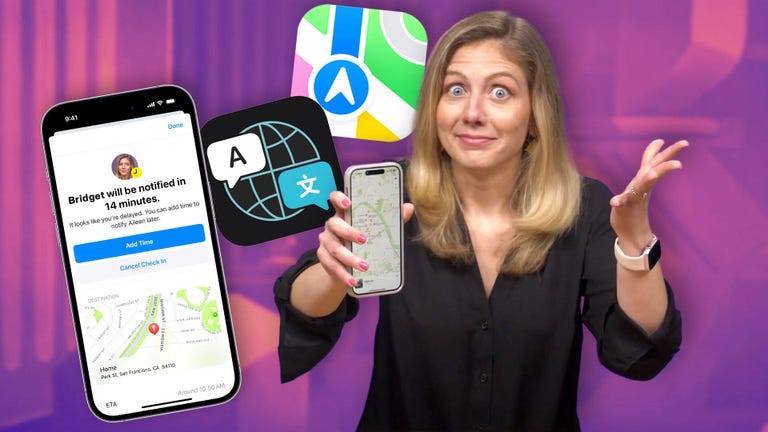
Watch this: iPhone Features You Need to Try On Your Next Trip
What is MagSafe for iPhone?
Apple’s MagSafe for iPhone refers to both a series of magnets that have been installed in most new iPhone models since 2020 — outside of the iPhone SE — and a wireless charging standard that can recharge an iPhone faster than the original Qi standard.
Apple’s MagSafe allows for accessories that can be attached to an iPhone using magnets and includes MagSafe phone cases, wallets, mounts, grips, chargers, stands and many other options.
Before the launch of the Qi2 standard, Apple’s MagSafe wireless charger was also the only way to get faster 15W wireless charging to work on an iPhone, with Apple citing that the magnets allowed a secure fit to help hit those speeds. Now, Qi2 chargers provide the same 15W speeds for earlier iPhone models, while the iPhone 16 series can hit 25W over Apple’s MagSafe chargers when used with a 30W adapter. When using a standard Qi charger, the iPhone caps the rate at half that speed, offering 7.5W wireless charging.
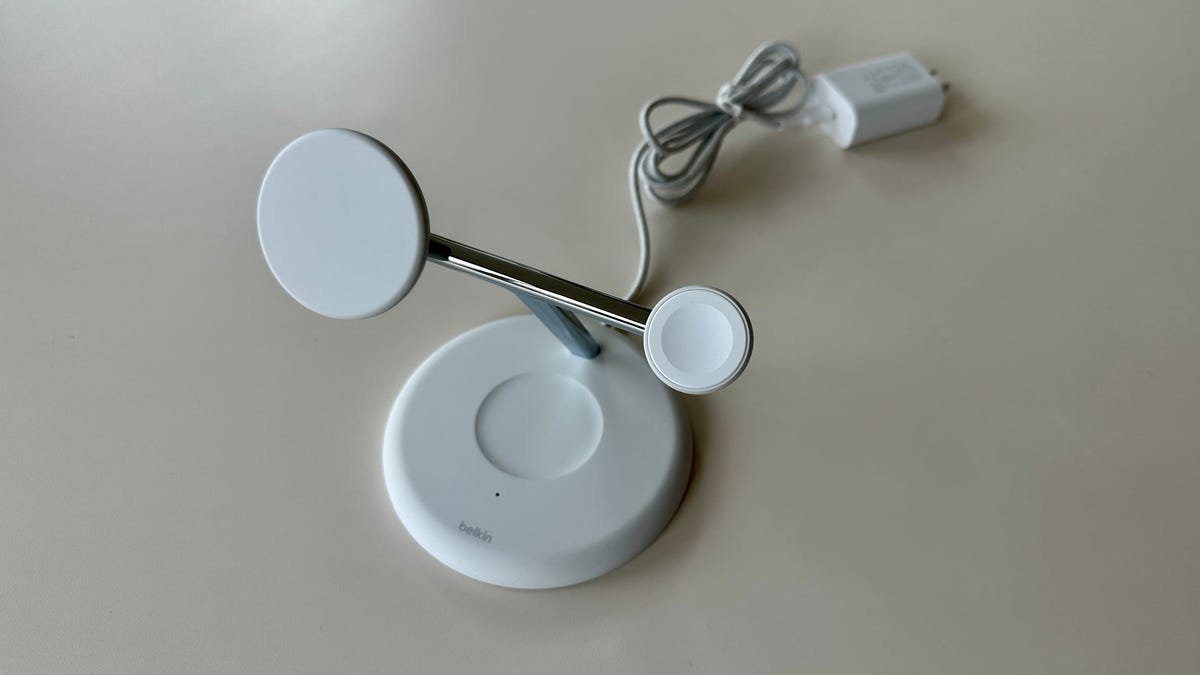
The Belkin Boost Charge Pro 3-in-1 Qi2 charger.
What is Qi2 charging, and how is it different from MagSafe?
Qi2 is an open standard and iterates on top of the prior Qi wireless charging standard while incorporating elements of Apple’s MagSafe standard. This includes both magnetic compatibility and a 15W wireless charging speed, meaning that any phone that supports Qi2 could potentially support magnetic accessories along with faster wireless charging.
As of this writing however, the only Android phone that supports Qi2 is the HMD Skyline, but there are already several companies making Qi2 accessories that work across both the Skyline and Apple’s iPhone.
Apple has also updated all of its MagSafe compatible iPhones to support Qi2, meaning that if you purchase a Qi2 wireless charger it should support faster 15W wireless charging. Plus Qi2 phones that include magnets should support the plethora of magnetic accessories that were first released with MagSafe in mind, likely bringing compatibility to docks, mounts, grips and wallet accessories. Some of these Qi2 accessories are also slightly cheaper than MagSafe certified accessories, the latter which required a certification by Apple in order to get the MagSafe branding.
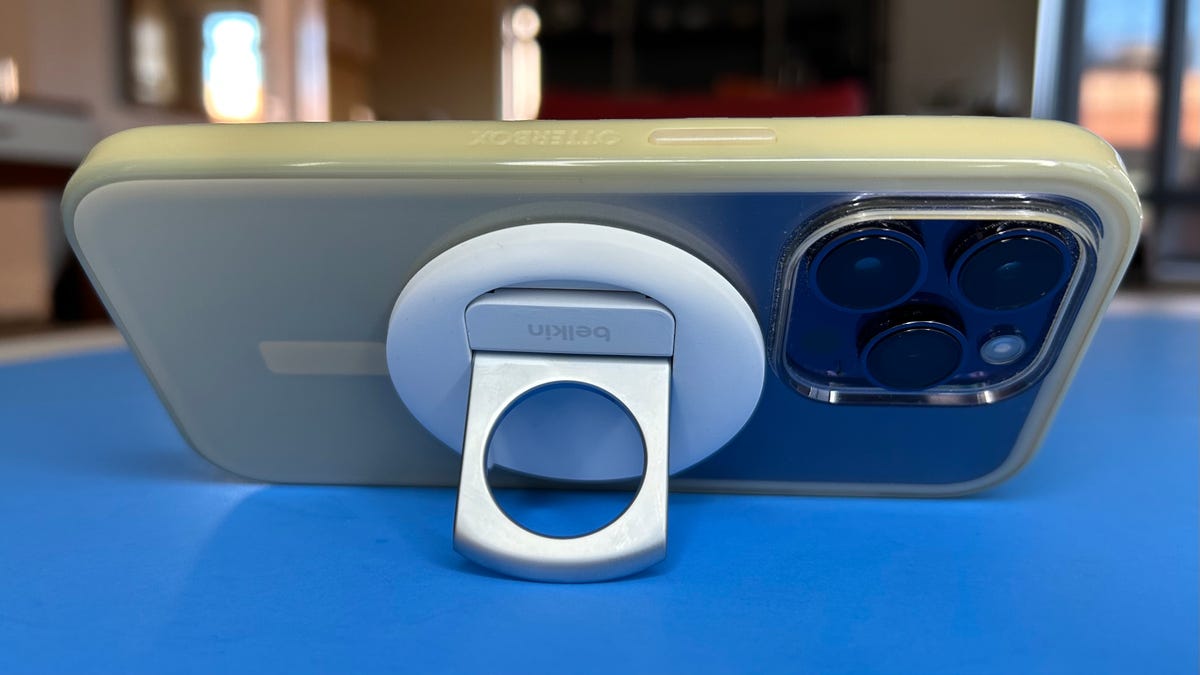
Belkin’s iPhone mount attaches with MagSafe.
Which MagSafe accessories can I use?
With the launch of Qi2, there are now several different types of magnetic accessories that could work with your phone. This can get a bit confusing, but broadly, if you purchase a magnetic phone accessory and your phone supports either MagSafe or Qi2, it should attach and function to varying degrees.
If you buy a MagSafe or Qi2-certified wireless charger, you should be able to use it to get the maximum 15W wireless charging speed when you’ve attached it to your phone. This includes charging docks and stands which also include MagSafe or Qi2 branding. If you have an iPhone 16 or iPhone 16 Pro, you can get faster 25W charging using a MagSafe charger that’s connected to a 30W or faster power adapter.
If you buy a magnetic wireless charger that does not specify whether it’s MagSafe or Qi2-certified, that likely means that while the charger will attach to your phone, it will probably charge at the original Qi standard that is limited to a 7.5W speed when using it with an iPhone. Results could vary when using one with an Android phone, since some phones do support 15W wireless charging over the prior Qi standard.
And if you are buying a non-charging magnetic accessory — like a wallet or a dock for using your phone as a webcam — that accessory will likely work with any MagSafe compatible phone regardless of its branding. These accessories are created with the magnets inside the phone in mind and will largely attach regardless of their certification. However, I have noticed — in my own personal experience — that the strength of the magnets can vary between accessory makers. For instance, if you are buying a magnetic grip, test it out a bit after buying to make sure it fits your needs like you would a pair of shoes, and don’t destroy the box in case you decide to return it.
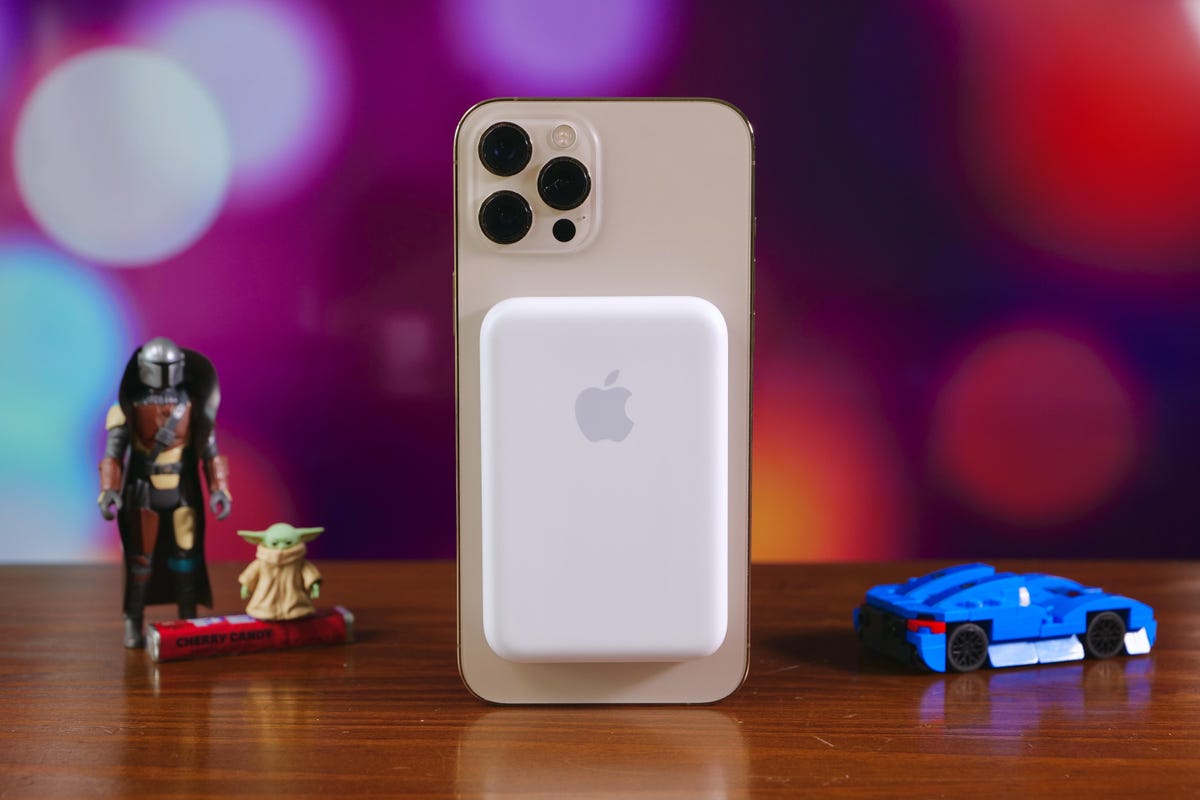
The Apple MagSafe Battery Pack on the iPhone 12 Pro Max.
Which iPhones are compatible with MagSafe?
Every iPhone that’s been released since 2020 — barring the iPhone SE line — is compatible with MagSafe and the Qi2 standard. This includes the iPhone 12 line and later. The iPhone 11 is not compatible with MagSafe, but it does work with the original Qi wireless standard for charging. It just won’t be as fast nor involve magnets.
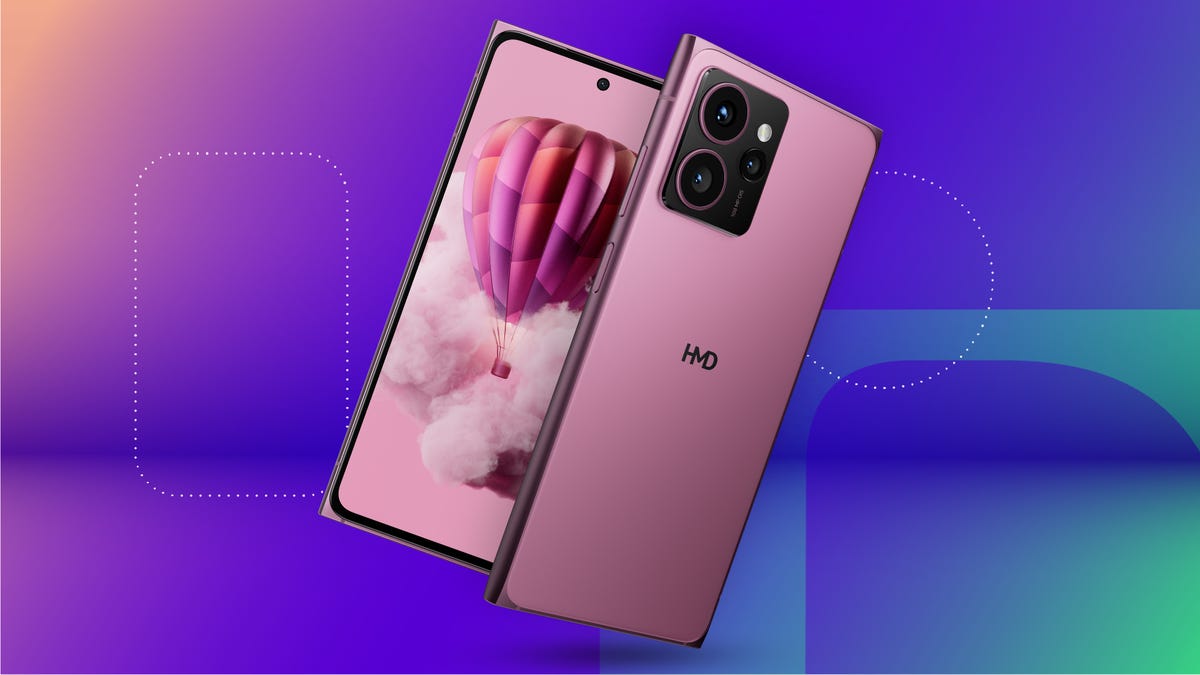
The HMD Skyline is one of the first Android phones with Qi2 support, including the ability to use magnetic attachments.
Which Android phones are compatible with MagSafe or Qi2 wireless charging?
The HMD Skyline is the first Android phone to support the Qi2 wireless standard, with integrated magnets for attaching magnetic accessories. Outside of that device though, you can often add a “MagSafe-like” experience to an Android phone using magnetic cases that some accessory-makers create. For instance, while we haven’t tested these, there are several companies that make magnetic cases for the Samsung Galaxy S24 that tout compatibility with some MagSafe accessories. Your success may vary greatly with these options though, since you would be using MagSafe or Qi2 accessories with phones that don’t officially support it. As mentioned earlier, you should treat it like a pair of shoes and be prepared to return the accessory if you discover it doesn’t work for you.
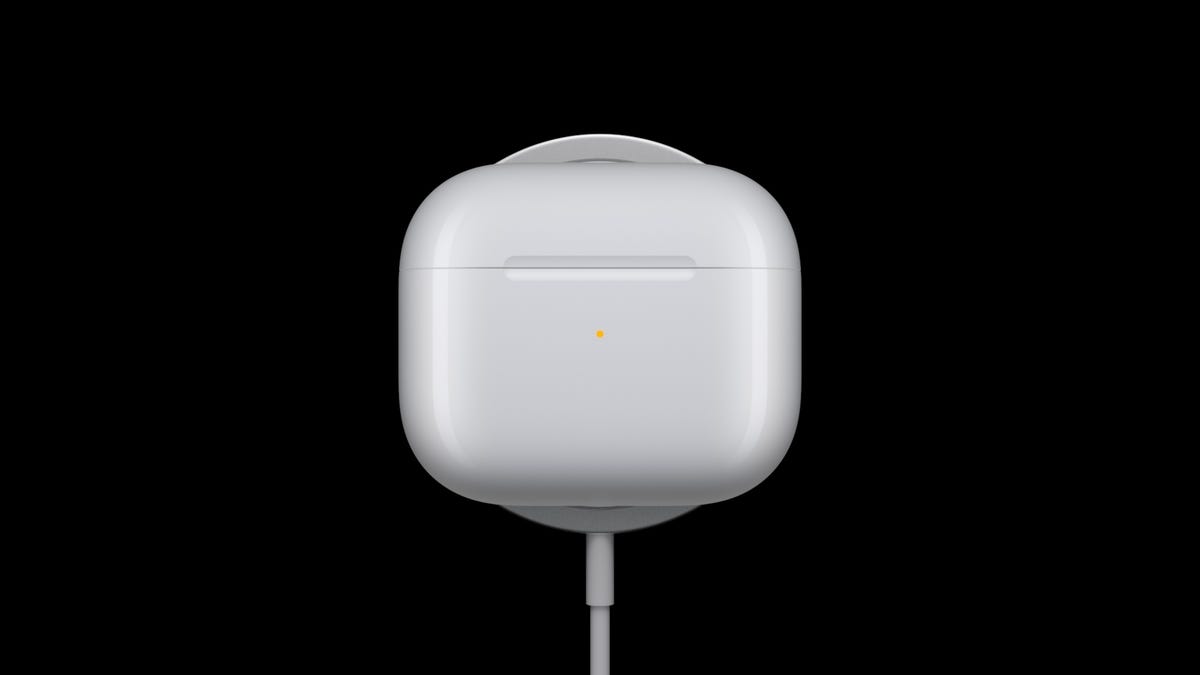
The AirPods 3 feature wireless charging with MagSafe.
Can I charge my Apple Watch or AirPods over MagSafe charging?
The Apple Watch does not support MagSafe charging: it uses a different type of magnetic wireless charger to refill its battery. However Apple’s AirPods are much more flexible, as depending on the model you might be able to recharge with both an Apple Watch charger or using a MagSafe compatible wireless charger.
All AirPods Pro cases support Qi wireless charging using a MagSafe charger or a standard Qi wireless charger. This also extends to the second- and third-generation standard AirPods cases. The new AirPods 4 with active noise cancellation and the AirPods Pro 2 both include Qi/MagSafe wireless charging and can use an Apple Watch charger. The standard AirPods 4 however lack wireless charging and instead only use wired USB-C charging.
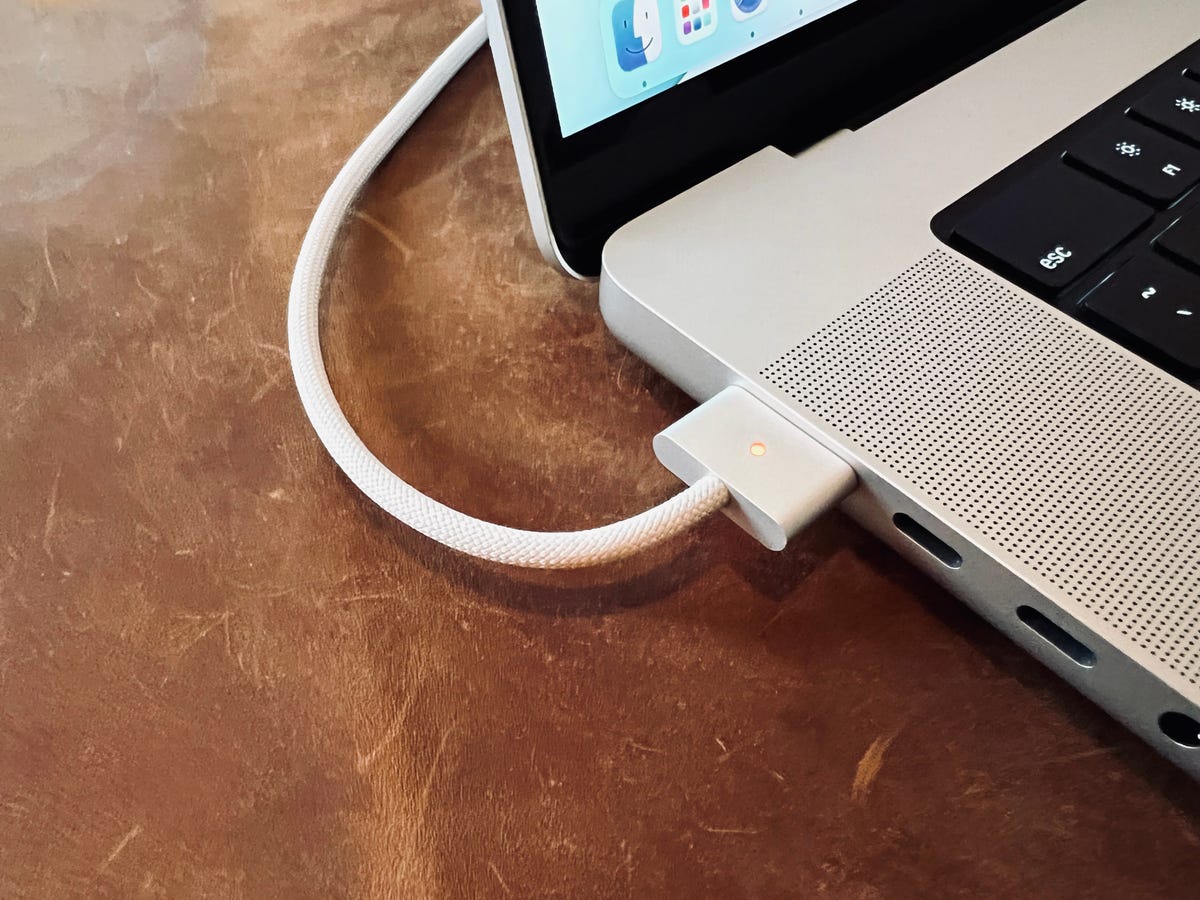
The MagSafe port on the MacBook Pro.
What about MagSafe on Apple’s MacBook laptops?
MagSafe on Apple’s MacBook is separate from the line of MagSafe accessories for the iPhone. These proprietary laptop chargers — which briefly went into retirement when the MacBook line adopted USB-C charging — attach quickly to compatible MacBook laptops using a magnet and can easily detach in the event the cord is accidentally pulled from the laptop. This is particularly suitable for anyone that has a tendency to trip over a power cord.
Should your MacBook include both a MagSafe port and USB-C ports, you can choose either method for recharging your laptop. Just don’t try to slap an iPhone’s MagSafe charger against the computer, that will do nothing.
Apple’s iPhone 16, 16 Plus Show Off Bolder Colors and Buttons
 Print
Print


